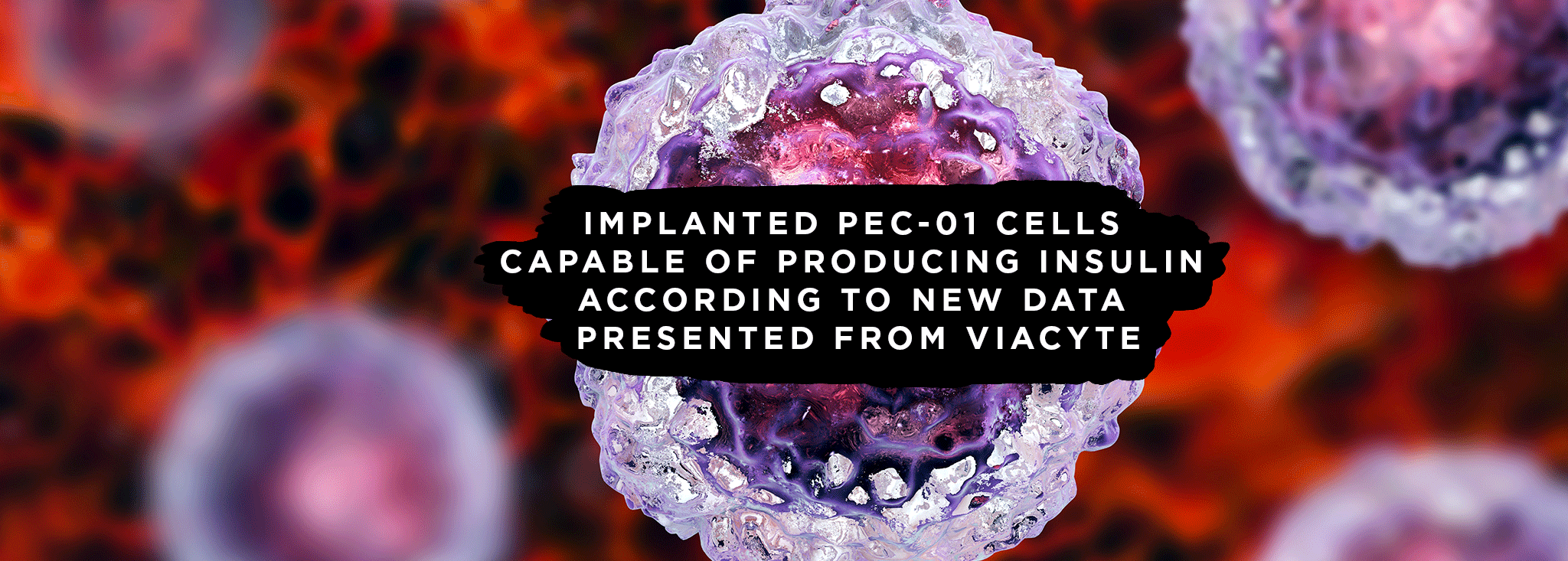Beta Cell Therapies
This resource on Type 1 Diabetes Research was created in partnership with JDRF, an active partner of Beyond Type 1 at the time of publication, through the JDRF – Beyond Type 1 Alliance.
Type 1 diabetes is an autoimmune condition, which means that the body’s immune system attacks itself. In the case of type 1 diabetes, the body attacks the insulin-producing beta cells that produce insulin. Over time, people with type 1 diabetes are left with none of these beta cells, and therefore cannot produce their own insulin.
Current beta cell therapies have two primary focus areas: beta cell replacement and beta cell regeneration. Beta cell replacement focuses on introducing new healthy beta cells via a whole pancreas or pancreatic islet transplant. Meanwhile, beta cell regeneration focuses on promoting the health and growth of existing beta cells.
Simply replacing the beta cells via transplant isn’t enough, as the immune system of the recipient is left unchanged. As a result, even if a newly transplanted pancreas or islets allow for beta cells to function, the autoimmune system of the recipient still wants to attack and destroy the newly transplanted beta cells, requiring the recipient to be on immunosuppressants with serious side effects for the rest of their lives. Another issue with the current beta cell therapies is the limited number of resources—pancreas from human donors.
Future beta cell therapies are in search for a renewable and unlimited resource for beta cells—current research in stem cells may provide a potential alternative source in the future. Another line of research is looking for the best way to protect these newly transplanted beta cells and/or already existing beta cells from the immune system. Effort are also underway to assure the survival, proper function and repopulation of existing beta cells in early diagnosed type 1 diabetes (T1D).


A Deeper Look at Beta Cell Research with Frank Martin
Frank Martin is a Director of Research at JDRF, focusing on beta cell therapy. Recently he spoke with Beyond Type 1 about JDRF’s mission to cure T1D, some of the current obstacles of beta cell trans...MORE

Dedicated to Helping People With T1D: Dr. Gary Meininger on His Life and Career with Diabetes
We spoke with Dr. Meininger on his personal connection to T1D, his role at Vertex, and important work being done in clinical trials.MORE
Beta Cell Therapy: The Latest News


Stem Cell Therapy for Type 1 Diabetes: Patient Achieved Insulin Independence on Day 270
A patient in the Vertex Pharmaceutical’s clinical trial using stem-cell therapy to treat type 1 diabetes has achieved insulin independence on Day 270 of the trial. MORE

Stem-Cell Therapy for Type 1 Diabetes Reduced Patient’s Insulin Needs by 91%
The early results of a clinical trial using stem-cell therapy to treat type 1 diabetes reduced the patient’s insulin needs by 91%.MORE

Implanted PEC-01 Cells Capable of Producing Insulin According to New Data Presented from ViaCyte
ViaCyte presented preliminary data from their PEC-Direct trial, showing that PEC-01 cells are capable of producing insulin in patients with type 1 diabetes.MORE

JDRF Launches Center of Excellence to Accelerate Cure for Type 1 Diabetes
On September 4, JDRF announced the launch of its Northern California Center of Excellence, dedicated to focused efforts on research and breakthroughs to cure type 1 diabetes.MOREGo Inside the Lab with JDRF to Learn More!
Beta Cell Therapies: Replacement Research in Boston
A fascinating look at how scientists are working with cells smaller than a pinhead, aiming to cure T1D by replacing beta cells made outside the body.
Beta Cell Therapies: Regeneration Research in Boston
Can we internally regenerate and protect existing beta cells, and therefore find cures for T1D?
To learn more about all the great T1D research being funded by JDRF, visit their research and impact page here.





